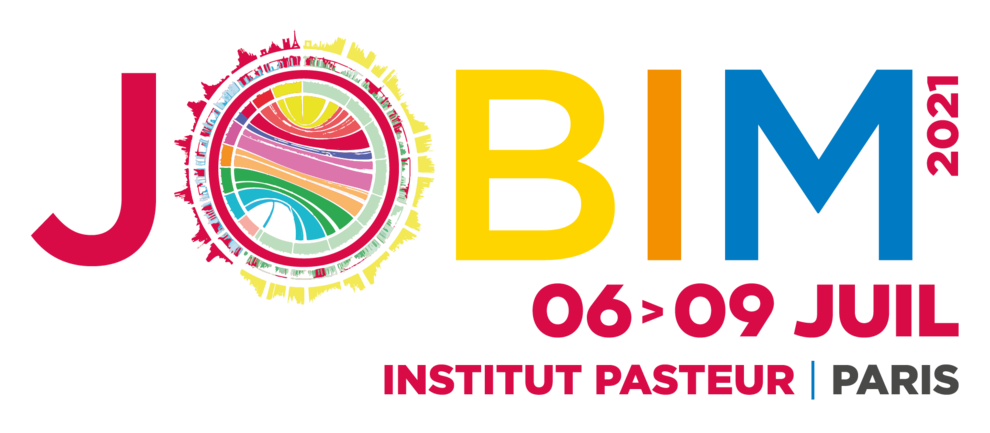
Mini-symposiaIntegrative structural modeling in the era of big data and artificial intelligence
Jessica Andreani, Gwenaëlle André-Leroux, Benjamin Bardiaux, Stéphanie Baud, Isaure Chauvot de Beauchêne, Elodie Laine, Juliette Martin The field of structural bioinformatics aims at developing algorithms to tackle the current challenges in 3D structure prediction of biological macromolecules and their functional annotation by exploiting data from genomics and biophysics in combination with systems biology and design, to be applied in biotechnology and therapeutics. This mini-symposium thus proposes to focus on integrative structural modeling and to address the new challenges, in a redefined landscape owing to the recent developments in experimental biophysics on one hand (the resolution revolution in cryo-EM) and in deep-learning on the other hand (as demonstrated by the extraordinary performances of DeepMind unveiled in December 2020). These rapid changes are a sign of acceleration in structural bioinformatics developments such as structural modeling using cryo-EM or other experimental data providing spatial restraints, progress in machine learning for structural prediction and protein design.
Bioinformatics for microbiomes
Eric Pelletier, Damien Eveillard, Erwan Corre
Where are we in the detection of DNA motifs involved in the regulation of transcription?Véronique Brunaud, Pierre Nicolas, Julien Rozière, Margot Correa Establishing associations between transcription factors and target genes is a very important step in understanding the mechanisms regulating genome expression. Despite this importance and the fact that the search for DNA motifs recognized by transcription factors is one of the oldest questions in bioinformatics, we are still very far from the objective of a complete reconstruction of regulatory networks, even for model organisms. In fact, the motifs are very short (typically less than 25 bases) and can vary from species to species. Identifying these short and degenerate sequences in genomes by integrating different sources of information (DNA sequences, expression profiles and interaction data) remains a formidable algorithmic and statistical challenge. This mini-symposium aims to provide an overview of current work in this field.
Post selection inference: valid double-dipping
Chloé-Agathe Azencott, Cathy Maugis-Rabusseau, Pierre Neuvial This mini-symposium aims at giving an overview of recent methodological developments in statistics and bioinformatics to correct common selection biases in high-throughput data analysis. In particular, The methods presented during this mini symposium are relevant not only for biomedical data analysis but also in other domains such as ecology, evolution or biodiversity.
Open Science and interoperability in bioinformatics: good practices and current challenges
Marie-Dominique Devignes, Alban Gaignard and Thomas Rosnet, on behalf of the Interoperability and Open Science Working Group at the French Institute of Bioinformatics (IFB). Motivation. Open Science and interoperability are today key and essential concepts for the rapid advancement of research and knowledge (Burgelman et al. 2019). Open science initiatives are abundant and often redundant, so much so that researchers sometimes have trouble navigating them. Bioinformatics and computational biology are no exception to this observation. Here, the main challenges are the reproducibility of biological data processing, efficient reuse of datasets, interoperability of data, scripts and workflows, especially for integrative bioinformatics. Goals. Our goal is to take stock of the situation and encourage discussion about (i) what is already operational and deserves to be known, in particular through training efforts (underway at the IFB) , (ii) what is under development, especially in France and Europe, via the ELIXIR network, (iii) what remains as dreams, trying to identify the technological barriers that prevent the realization of these dreams. |
| Online user: 2 | Privacy |

|
